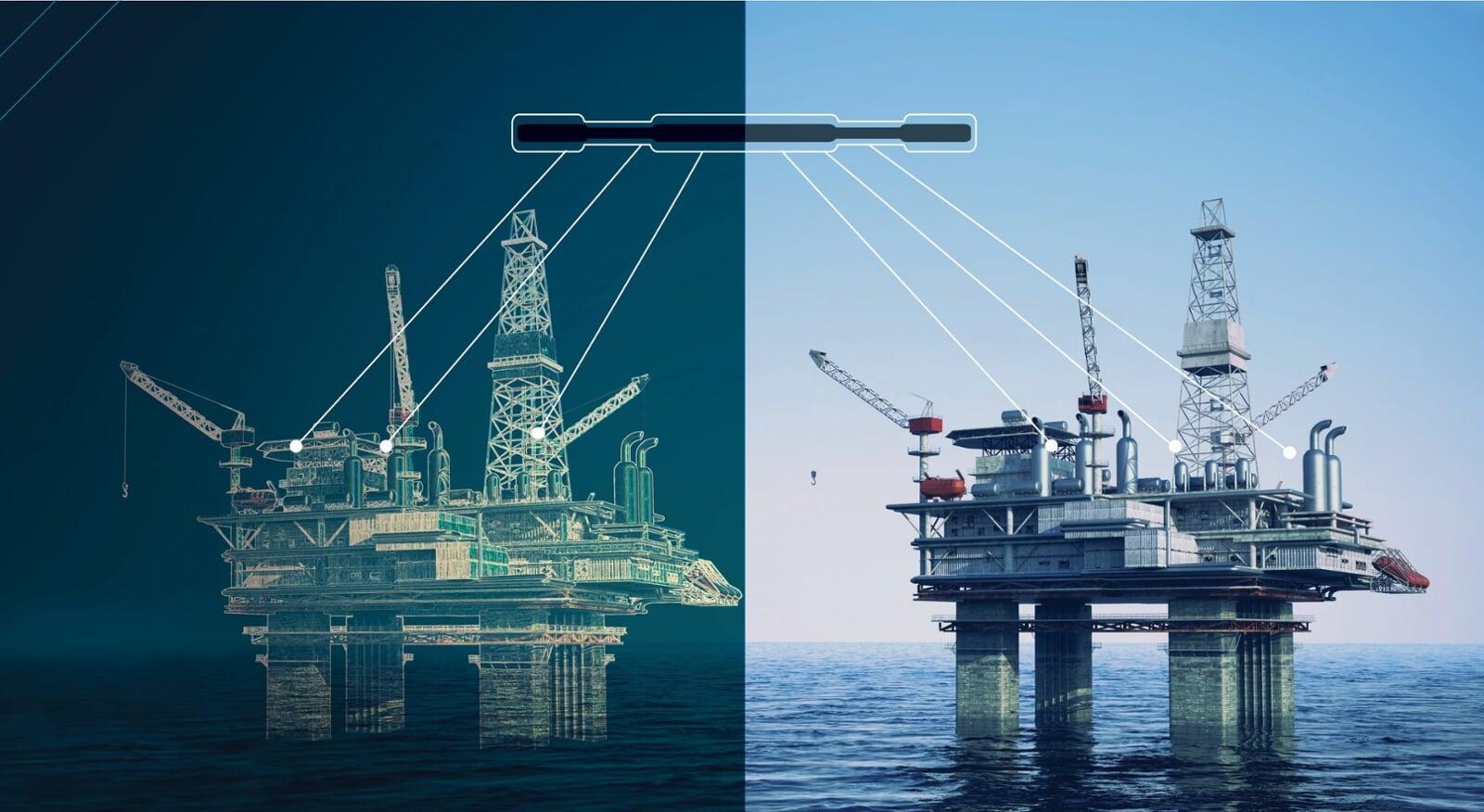
How Digital Twins and Field Automation Are Reshaping Oil & Gas in 2025
The trends of 2025 show that the oil and gas sector is going through significant change due to the adoption of digital twins and field automation—technologies reshaping the performance, safety, and costs of operations.
Digital twins enable the generation of a real-time virtual replica of an asset by integrating data from IoT sensors, control systems, and the asset’s historical data for simulation and operation optimization. This technique improves decision making. Predictive maintenance and early fault detection are more streamlined with these operations. According to McKinsey and Company, equipment downtime with digital twin technology is estimated to minimized by 30%, while asset availability is expected to be increased by 10%.
Streamlining of work on site through AI inspection robots to condition monitoring also falls under field automation. These robotics and automation of drilling rigs are already utilized in midstream and upstream operations. Deloitte reported that the usage of automation in oilfields also increases overall efficiency by 25-30% and greatly enhances safety standards.
ADNOC is leading these changes, having implemented AI-based reservoir modeling and smart field strategies as components of the 2030 digital transformation roadmap. The Gulf region’s national oil companies are also on board with this.
In the same vein, Aramco is applying machine learning algorithms alongside digital twins to improve reliability on maintenance of upstream assets. Also, the global tech leaders Schneider Electric and AVEVA are working with oil and gas companies to advance the use of digital twins for full-field lifecycle management. These aren't fads – they are essential for companies that need to achieve net-zero targets, transform their cost structures, and stay in business.
To stay relevant in this evolving landscape, industry professionals must upskill. At NCC, our training programs—like "Well Operations and Reporting or Advanced HAZOP", equip engineers and technicians with the knowledge and tools to thrive in a digitalized environment. It’s no longer just about knowing the system—it’s about predicting its next move.

